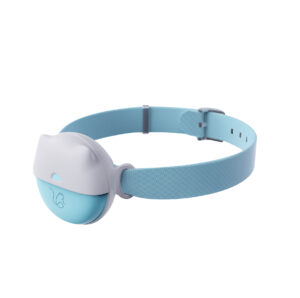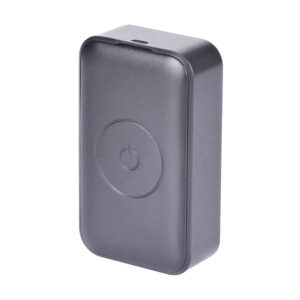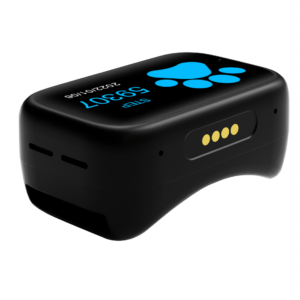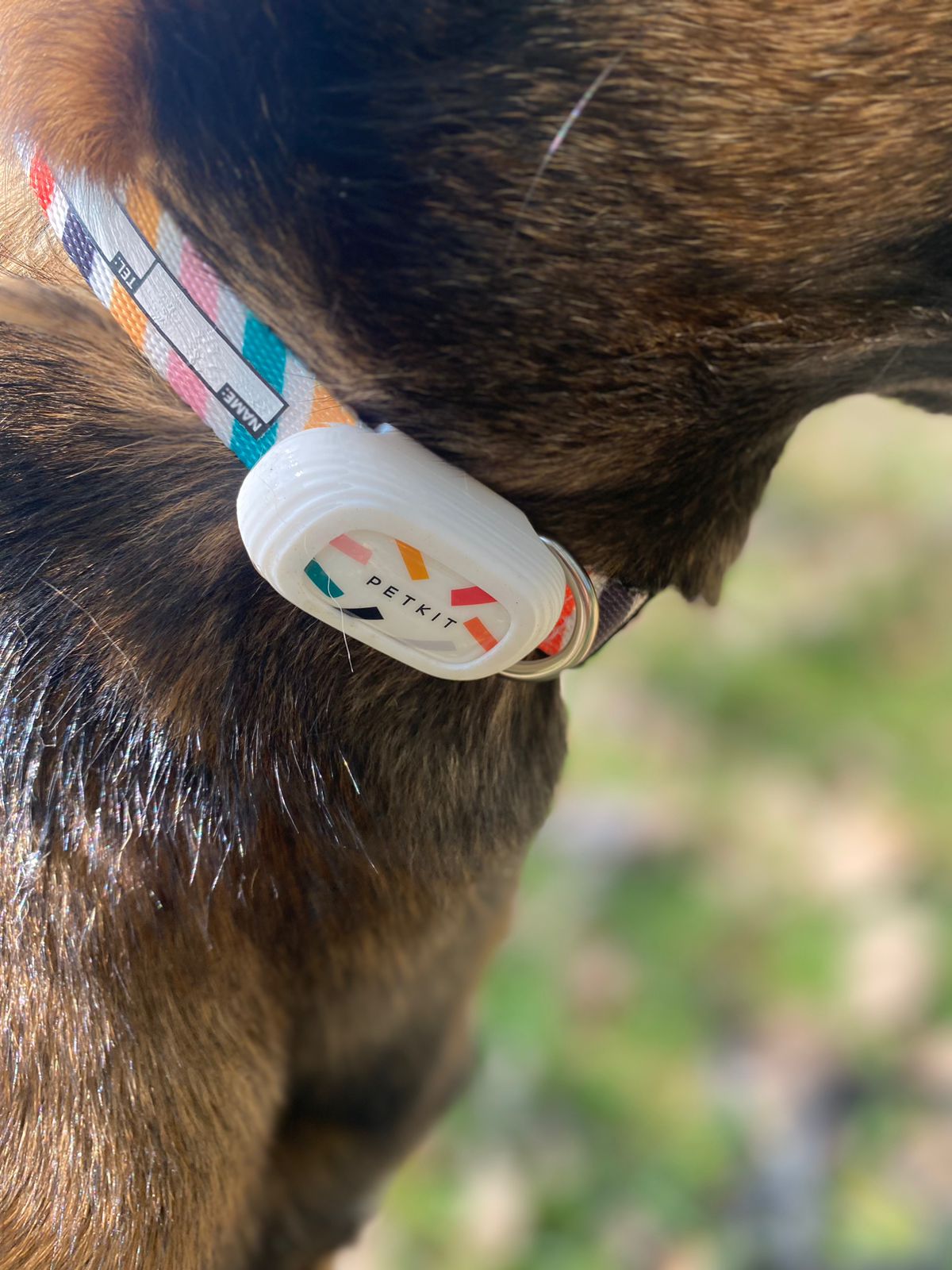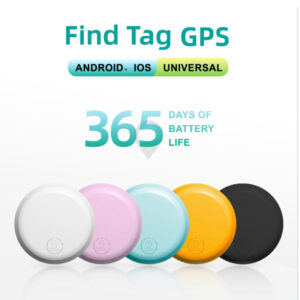How Pet GPS Trackers Work (Explained Simply)
TL;DR Pet GPS trackers use GPS satellites to pinpoint your pet’s location and send it to your phone over a cellular network (GSM/LTE). Wi-Fi helps save battery at home, and Bluetooth helps you find your pet at close range.
Quick links
- GPS basics
- GSM and data plans
- Wi-Fi for battery and indoor help
- Bluetooth for close-range finding
- How they work together (with diagram)
- GPS vs Bluetooth vs AirTag vs RF
- Buyer checklist + compare
- Subscriptions and costs
- Accuracy and indoor tracking
- Battery life tips
- Real-life example
- Recommended picks
- FAQs
Have you ever wondered how that tiny device on your pet’s collar can tell you exactly where they are? Pet GPS trackers aren’t magic—they’re a clever blend of GPS, GSM/LTE, Wi-Fi and Bluetooth. Below, we explain what each piece does in plain English, how they work together, and how to choose a tracker that actually suits your pet and your area.
1) GPS: The foundation of pet tracking
GPS (Global Positioning System) is a network of satellites orbiting Earth. Your pet’s tracker listens for timing signals from at least four satellites. By measuring how long those signals take to arrive, the tracker calculates its position—usually within a few metres outdoors.
Key point: GPS determines location (latitude/longitude). It doesn’t send that location to your phone—another technology does that.
2) GSM/LTE: Sending location data to your phone
GSM/LTE is the cellular network your phone uses. Most pet GPS trackers include a tiny SIM or eSIM that sends your pet’s GPS coordinates to the app on your phone in near real time.
What this means for you:
- Requires mobile coverage (check your area—urban vs rural can differ).
- Usually needs a subscription or data plan.
- Modern trackers may use 4G LTE, LTE-M or NB-IoT (great for low power and wider coverage). Some regions are phasing out 3G; 2G remains in some countries. Always check local network support—especially in South Africa and neighbouring regions.
3) Wi-Fi: Smarter battery use and indoor assists
Wi-Fi isn’t for live, long-range tracking. It helps with:
- Battery savings: When the tracker recognises your home Wi-Fi, it can switch to a low-power mode instead of constantly running GPS.
- Indoor positioning assist: In places where GPS is weak (inside malls or dense urban areas), known Wi-Fi networks can help estimate location.
Think of it like this: “I see my home Wi-Fi, so I’m likely at home—save the battery.”
4) Bluetooth: Find them when you’re close
Bluetooth works over short distances (about 10–30 metres). It’s perfect for:
- Precision finding nearby (think “hot/cold” signal strength in the app).
- Making the tracker ping, flash or ring to guide you the last few metres.
- Quick syncing when you’re near your pet.
Bluetooth doesn’t replace GPS; it’s your last-metre helper.
5) How everything works together
- GPS finds your pet’s exact location.
- GSM/LTE sends that location to your phone.
- Wi-Fi improves battery life and indoor awareness.
- Bluetooth helps you finish the search when you’re close.
[Diagram placeholder — add image here] Alt text: “How a pet GPS tracker sends location from GPS satellites to your phone via cellular network, with Wi-Fi and Bluetooth assisting.”
6) GPS vs Bluetooth vs AirTag vs RF (what’s the difference?)
| Tech | How it works | Typical range | Accuracy | Needs cell service? | Pros | Cons | Best for |
|---|---|---|---|---|---|---|---|
| GPS (cellular) | GPS gets location; sends via GSM/LTE | Country-wide (where covered) | 2–10 m outdoors | Yes (for live updates) | Real-time, geofencing, history | Subscription; uses more power | Everyday pets, escape artists |
| Bluetooth tags | Connects directly to your phone | 10–30 m | 1–5 m nearby | No | Great for “last metres”, tiny | No long-range tracking | Indoor finding, collars with GPS already |
| AirTag/Tile (crowd-find) | Bluetooth beacons seen by nearby phones | Depends on other users nearby | Good nearby, variable otherwise | No (uses other phones) | Tiny, long battery | Not real-time, can be delayed; pet-safety caveats | Indoor/urban back-up, not a primary tracker |
| RF (radio frequency) | Handheld receiver follows radio signal | Up to a few km (terrain dependent) | Good directional | No | Works off-grid, no fees | No app maps; learning curve | Remote hiking, areas without cell service |
Note: AirTag/Tile were not designed for pets. Use with care and always as a backup—not a replacement—for a true GPS pet tracker.
7) Buyer checklist (read this before you choose)
- Coverage where you live and walk: Confirm the tracker’s network (4G/LTE-M/NB-IoT/2G) works in your area.
- Size and weight: Aim for lightweight options for cats and small dogs; secure, comfortable attachment.
- Battery vs update rate: Faster updates drain faster. Look for flexible intervals (e.g., 10–60s live, 2–10 min standard).
- Accuracy and refresh: Assisted-GPS, multi-GNSS support (GPS + GLONASS/Galileo) can improve performance.
- Waterproofing: IP67 or IP68 if your pet swims or braves the rain.
- App features: Geofencing alerts, location history, sharing, lost-mode, activity tracking.
- Subscription and roaming: Check monthly/annual options, roaming if you travel across borders.
- Support and warranty: Local support in SA, easy collar mounts, replaceable accessories.
Ready to compare?
8) Subscriptions and costs (what to expect)
Most cellular trackers charge a subscription to cover SIM/eSIM data, cloud services and features like live tracking. Look for:
- Monthly vs annual savings (annual is usually cheaper).
- Tiered plans (basic vs premium features).
- Roaming options for travel.
- Transparent renewal and cancellation.
9) Accuracy and indoor reality
- Outdoors: Expect 2–10 m with a clear sky view.
- Indoors/urban canyons: Accuracy may drop. Wi-Fi and Bluetooth help, and many apps show an “accuracy circle.”
- Tip: When searching indoors, switch to Bluetooth “Find” mode to close the final gap.
10) Battery life: what really affects it
- Update frequency: Faster = more power. Use live mode only when needed.
- Signal quality: Poor GPS or cellular signal drains battery as the device works harder.
- Motion: Some trackers sleep when your pet rests to save power.
- Practical ranges: 2–5 days of typical use; a week+ with conservative settings; less in constant live mode.
Battery-saving tips:
- Enable home/safe-zone Wi-Fi assist.
- Use geofences instead of constant live tracking.
- Keep firmware updated.
- Charge before big adventures.
11) Real-life example
Your dog slips the gate: 1) GPS locks onto satellites and gets their position. 2) GSM/LTE sends coordinates to your app within seconds. 3) You head to the map pin. As you get close, switch to Bluetooth “Find” and ping the collar. 4) If they return home, the tracker recognises your Wi-Fi and switches to low-power mode.
12) Recommended picks (by use case)
- Best for small cats (lightweight): Under ~30 g, compact body, breakaway-collar friendly. Ideal for nervous or indoor-outdoor cats.
- Best battery life: Larger collar units with flexible update intervals and sleep detection; great for active dogs.
- Best for rural coverage: Multi-network or LTE-M support with strong antennas and reliable geofencing.
Browse our current recommendations:
- Shop Pet GPS Trackers
- Or chat with us via TailTalk for personalised advice.
13) FAQs
Q: Do pet microchips have GPS? A: No. A microchip is a tiny ID tag scanned by vets or shelters; it doesn’t have GPS, a battery or live tracking. Pair a microchip (ID) with a GPS tracker (location) for the best safety.
Q: Do pet GPS trackers work without cell service? A: The tracker can still “see” GPS satellites, but without cellular or Wi-Fi it can’t send that location to your phone. For off-grid trips, consider RF trackers as a backup.
Q: How accurate are pet GPS trackers? A: Typically 2–10 m outdoors. Accuracy drops indoors or under heavy cover. Many apps display an accuracy circle to set expectations.
Q: Do I need a subscription? A: Most cellular GPS trackers do. Subscriptions cover the SIM/eSIM data and cloud features. Some Bluetooth-only tags don’t need one—but they aren’t true long-range trackers.
Q: Can I use an AirTag to track my dog or cat? A: You can, but it’s not a substitute for GPS. AirTags depend on nearby iPhones to relay location, which can be delayed or patchy—especially in rural areas. Use only as a backup and ensure safe, secure mounting.
Q: Are trackers waterproof and safe for small pets? A: Look for IP67/IP68 water ratings. For small pets, choose low-weight designs and secure attachments (breakaway collars for cats).
Q: What network do pet trackers use? A: Commonly 4G LTE/LTE-M/NB-IoT (increasingly popular) or legacy 2G in some regions. Check local coverage in South Africa and any countries you travel to.
Q: What is geofencing? A: A virtual fence you set in the app around your home or yard. You’ll get an alert if your pet leaves (or enters) that zone.
Q: Do GPS trackers harm pets? A: Reputable trackers follow RF exposure limits and are designed for safe, everyday wear. Ensure a comfortable fit and remove to clean and charge.
Keep exploring
- Shop Pet GPS Trackers
- AirTag vs GPS for pets: what you must know
- Microchip vs GPS: complete guide
- Lost pet checklist (free download)
—
Author: Gavin Levenstein — Pet tech enthusiast and TailMe product specialist. This guide is updated regularly to reflect network changes and new devices.
Last updated: 13 May 2025
Notes and sources: Accuracy ranges are based on manufacturer specs and GNSS references; network availability varies by operator and region.

